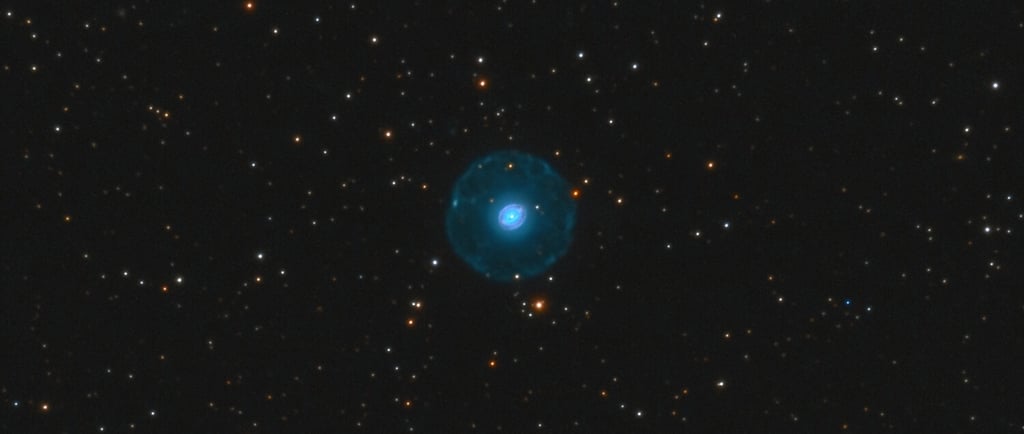Witness the Blinking Planetary Nebula in Cygnus


The Blinking Planetary Nebula
The Blinking Planetary Nebula, also known by its catalog number NGC 6826, is a fascinating astronomical feature situated approximately 2,000 light-years away from our planet. It lies within the northern constellation of Cygnus, renowned for its beautiful star formations and rich celestial phenomena. This nebula has intrigued astronomers and casual stargazers alike due to its unique characteristics and the striking visual display it presents.
Understanding Planetary Nebulae
Planetary nebulae, despite their nomenclature, have no relation to planets. Instead, they are essential stages in the life cycle of certain stars. When these stars, typically similar to our Sun, exhaust their nuclear fuel, they expel their outer layers into space. The remaining core, a hot and dense white dwarf, emits ultraviolet radiation that ionizes the ejected material, leading to the formation of a glowing nebula. The Blinking Planetary Nebula exemplifies this process, showcasing the intricate interplay of stellar evolution.
The Unique Characteristics of the Blinking Nebula
One of the most captivating features of the Blinking Nebula is its remarkable optical behavior. Observers often notice that the nebula appears to blink—or change brightness—when viewed through telescopes. This effect arises from the nebula's dense central star, which periodically dims and brightens in relation to the surrounding material. The variability in brightness offers a rare opportunity for astronomers to study the dynamics of such celestial objects.
Additionally, the Blinking Planetary Nebula consists of multiple morphological structures, including a distinctly shaped shell of gas and dust. Observations have revealed intricate patterns and symmetrical features, providing insights into the complex processes that shape nebulae. This is especially pertinent given that such structures are often influenced by magnetic fields and stellar winds, presenting a puzzle that scientists are eager to unravel.
Through telescopic observations, both amateur and professional astronomers have contributed significantly to understanding the dynamics of the Blinking Planetary Nebula. Advanced imaging techniques and filters allow observers to capture detailed photographs, enhancing our comprehension of its structure and behavior.
Conclusion
The Blinking Planetary Nebula in Cygnus serves as a magnificent example of the life cycle of stars and the stunning beauty of the cosmos. With its intriguing blinking phenomenon and complex structures, this nebula continues to capture the interest of astronomers worldwide. As ongoing studies and technological advancements persist, we can look forward to deciphering more secrets of the universe, reinforcing our cosmic heritage.
